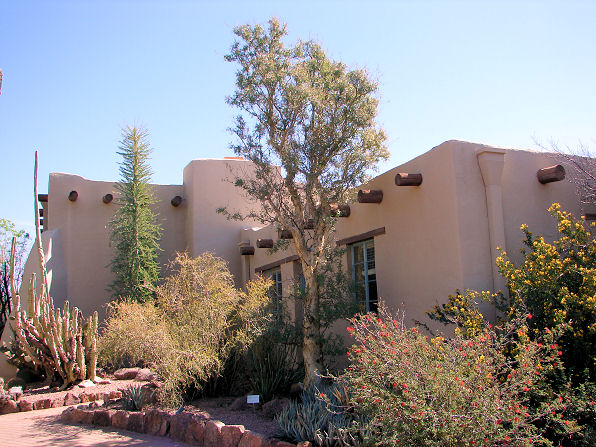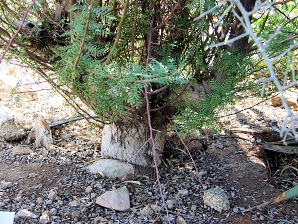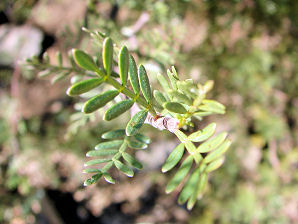Arizona Wild Flowers
Pictures, Photos, Images
Descriptions, Information, Reviews.
Elephant Tree, Bursera microphylla.
We Are Proud Of Our SafeSurf Rating!
Click On Any Of The Following Links By Amazon.Com
For Books, & Videos About Wildflowers Of Arizona & The Southwest USA. No Obligation!
 |
| Elephant Tree, Bursera microphylla. At Glendale, Arizona Xeriscape Demonstration Garden. |
|---|
 |
| Also Called Elephant Tree, Pachycormus discolor. Easily Mistaken For Bursera microphylla. At The Phoenix, Arizona Desert Botanical Garden. |
 |  |
| Elephant Tree. Bursera microphylla. | Elephant Tree. Bursera microphylla. |
|---|
 /
/

Elephant Tree.
We wish to thank Wikipedia, the free encyclopedia for some of the information on this page. We share images and information with Wikipedia. Considered a Xeriscape Plant, the Elephant Tree is the rare, aromatic, tropical plant which is very susceptible to cold. They have short, stout, tapered trunks and branches which are reminiscent of elephants legs and trunks. They have an open, but sparse crown, and are small growing to a height of about ten feet. However, in Mexico the trees reach up to about fifty feet. The record tree for Arizona was found in the Tinajas Altas Mountains of Yuma County. Its existence was confirmed in 1937 with samples found in the Anza-Borrego Desert State Park region. Some have been found naturally growing in south-central Arizona, reaching the northern limits in some of the Phoenix - area mountain parks. Two other plants in the Burseraceae family are frankincense (Boswellia) and myrrh (Commiphora). The resin of the Elephant Tree can be collected and dried for use as an inscense that is similar to myrrh.
Quick Notes:
Height: Up to 10 feet tall in Arizona, up to about 1 feet in diameter; with a short trunk and a sparse crown.
Flowers: Five petaled, creamy - white, about 1/4-inch wide, appear in the early summer. The sepals are tiny and green, and the petals are about 1/8" long.
Flowering Time: May - July. Depending upon the elevation.
Fruit: A small 1/4 - inch-long red fruit appears in the late fall. It has a curving, elliptic stalk and contains one yellow nutlet. It has an unusual odor.
Leaves: Alternate once - pinnately compound, aromatic with a scent of camphor, and each leaf has 7 - 33 oblong - linear glabrous leaflets to 3/8" long.
Bark: Gray-white bark. Reddish in some cases.
Found: Native to the USA (AZ, CA). Also found south into Mexico in the states of Baja California, Baja California Sur, Sinaloa, Sonora, and Zacatecas.
Hardiness:
Soil pH requirements:
Sun Exposure:
Elevation: 0 - 2,500 Feet.
Habitat: On the rocky, dry slopes of desert mountains.
Miscellaneous: The elephant tree is a protected species in Arizona. Photos Taken at Glendale, Arizona Xeriscape Demonstration Garden, February 12, 2008.
|



We Are Proud Of Our SafeSurf Rating!
Click On Any Of The Following Links By Amazon.Com
For Books, & Videos About Xerioscape Plants Of Arizona & The Southwest USA. No Obligation!
Back To Arizona Wild Flowers Home Page.
Back To Arizona Wild Flowers, Other Plants, Trees & Shrubs, Page One.
Back To Arizona Xeriscape Landscaping Main Page.
Back To Xeriscape Trees Page Five.
Back To DeLange Home Page
© 1966 - Present, Audrey, Eve, & George DeLange
| © 1966 - Present, Audrey, Eve, & George DeLange |


